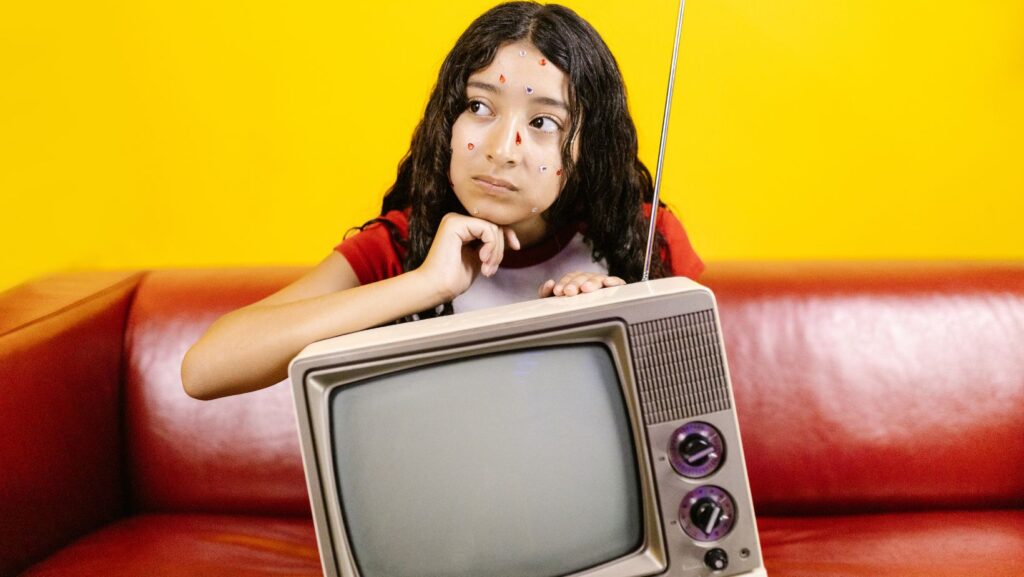Who doesn’t love a blast from the past? Retro gaming rooms are the perfect embodiment of nostalgia, taking us back to the golden age of gaming. Whether you’re a veteran gamer longing for the classics or a newbie keen on discovering the roots of modern gaming, a retro gaming room is your time machine.
Retro Gaming Room
The Retro Gaming Room, emerging as a tribute to the golden age, mirrors a gamer’s love for nostalgia. With elements carefully picked to recreate the era’s atmosphere, it isn’t merely about having a collection of ancient consoles. It transforms into an immersive space, making every corner whisper stories of historic gaming legends.
Divided into three primary components, the Retro Gaming Room’s essence lies within Console selection, Aesthetics, and Layout.

1. Console Selection: Retro gaming rooms showcase consoles that represent different gaming generations. Examples include Atari, Nintendo Entertainment System (NES), and Sega Genesis. Obtaining them might prove challenging, as many are discontinued and can only be found in flea markets, auction sites, or collector fairs.
2. Aesthetics: The aesthetics extend beyond gaming consoles. Items such as posters of iconic characters like Mario or Sonic, arcade signage, retro lighting, old game cartridges and an era-inspired color palette serve to enhance the earthy, nostalgic vibe of the room.
3. Layout: The layout involves strategic placement of these elements to achieve maximal immersion. Classic arcade setups or console-centric nooks around a CRT television—everything designed for an engaging, vintage gaming experience.
It’s clear that setting up a Retro Gaming Room demands keen planning and a thorough understanding of the antiquated gaming culture. Indeed, it instills a unique essence, capturing the essence of the era when gaming was simple yet captivating.
Choosing the Right Equipment

In the pursuit of an authentic retro gaming room, the choice of equipment forms the backbone of the overall ambiance.
Firstly, focus on the console: Nintendo Entertainment System (NES) offers nearly 800 games, encapsulating the 80’s gaming spirit. Alternatively, consider the Atari 2600, best known for classic games like ‘Pong’ and ‘Space Invaders’.
Sequence two: invest in a CRT television. Although largely obsolete, it’s the lifeline for receiving the consoles’ RF signals, and it brings the classic gaming experience to life with its blurred pixels and soft colors. Opt for models from Sony or Panasonic.
Thirdly, sound system has value. A vintage stereo system can enhance the experience with the chiptune music from retro games. Models from JVC or Pioneer, popular during the 80’s and 90’s, make a fitting choice.
Lastly, he needs the right controllers. A joystick could be an option for Atari games, while a gamepad fits the NES or Sega consoles. Consider obtaining modded controllers for a modern touch, while keeping the retro essence intact.
Designing Your Retro Gaming Room
Bringing a retro gaming room to life involves mindful planning and precise selection of elements. Begin by deciding on a basic layout for the room, considering space allocation for housing the television, seating arrangement, and game collection. For example, a low, wide console table may work well for a CRT television, flanked by a robust shelving system to display vintage consoles.

Next, it’s about paint color. Retro gaming rooms often mirror the vibrant color palettes typical of classic game covers. Settling for a mix of energetic hues like fiery red or electric blue, maybe reminiscent of Atari 2600’s packaging. Yet, simplicity reigns superior for some, and a muted gray or black and white scheme can look equally effective.
Lighting designs also bear considerable impact on a gaming room ambiance. Spotlights can highlight consoles and game collections, while softer, ambient light can create an inviting gaming environment. Philips Hue bulbs, famed for color variety, allow players to customize lighting according to the gaming mood they wish to achieve.
Remember, a well-designed retro gaming room not only glorifies the past but also evokes emotions through a shared history and love for gaming, making the playing experience truly unique.


